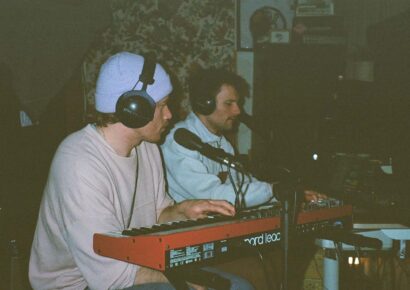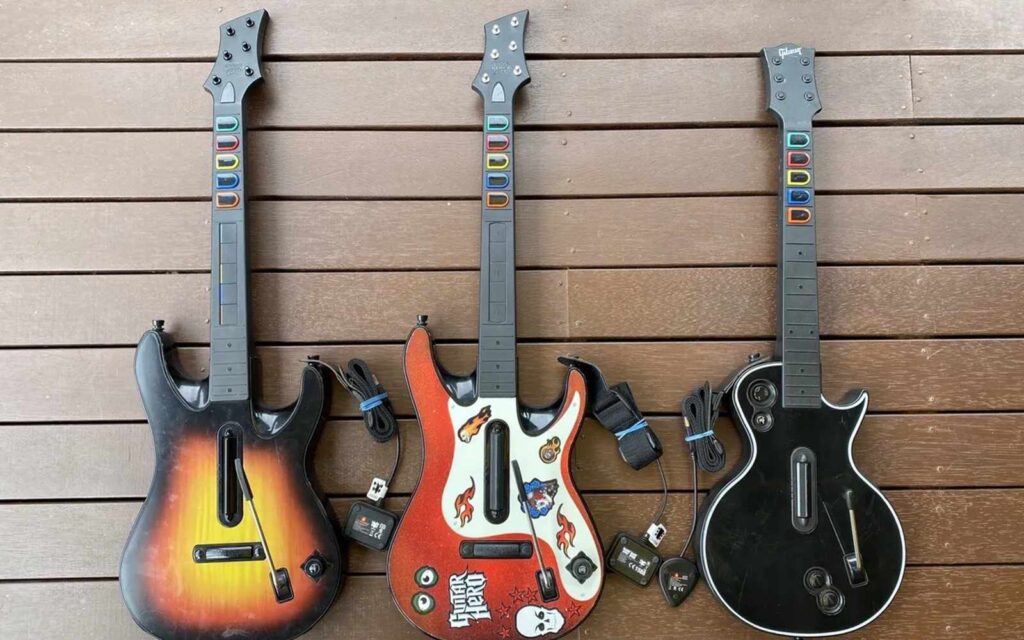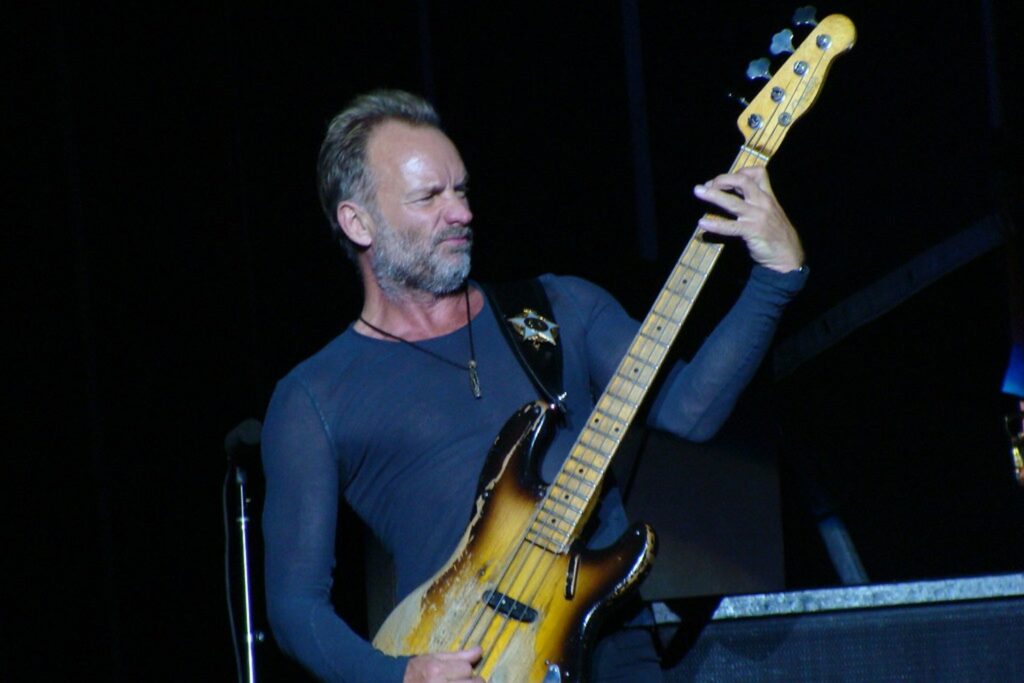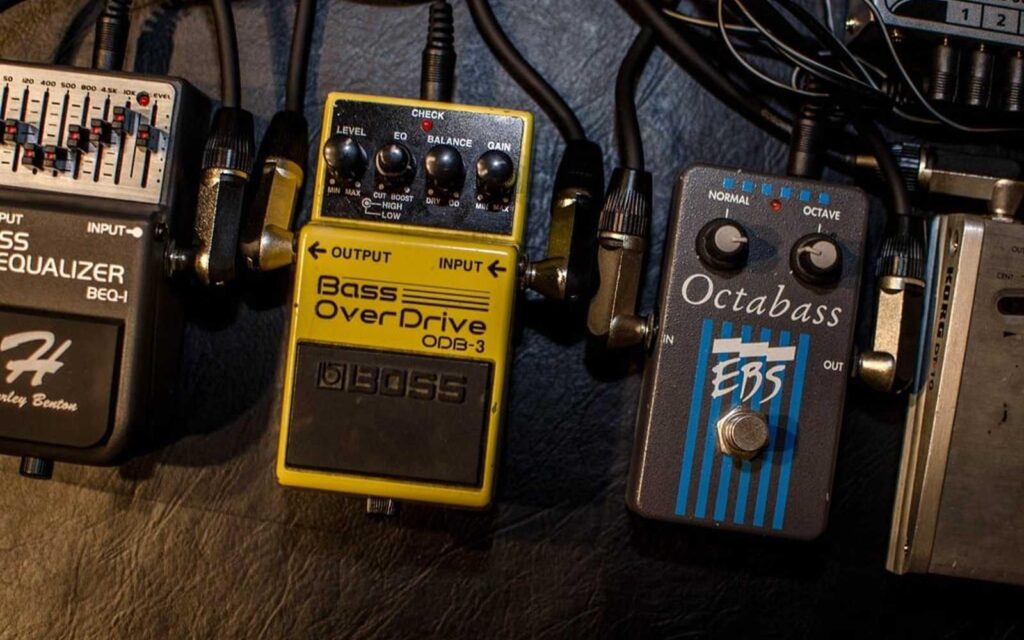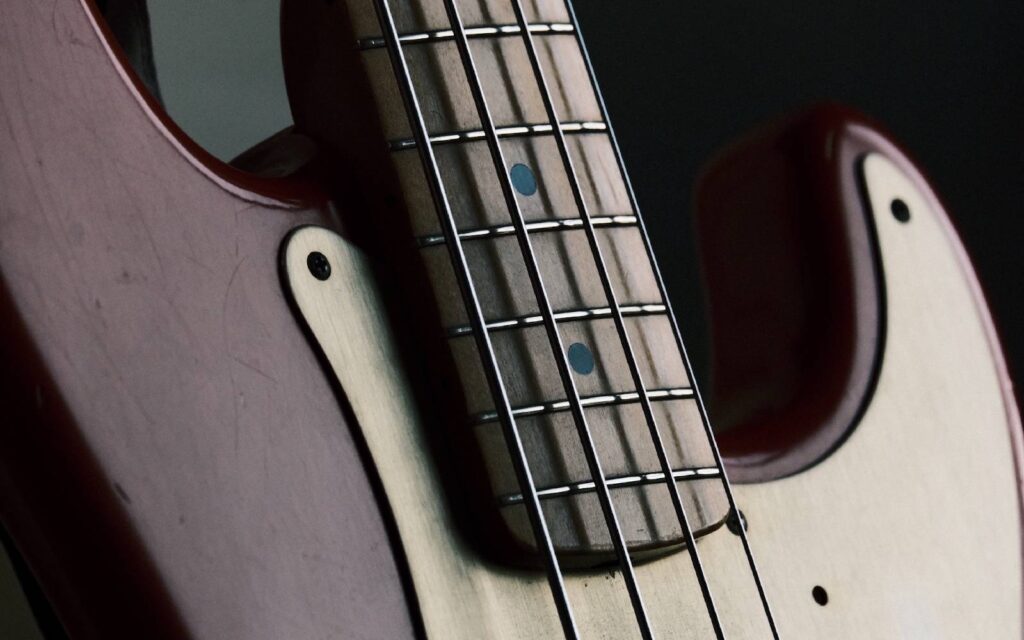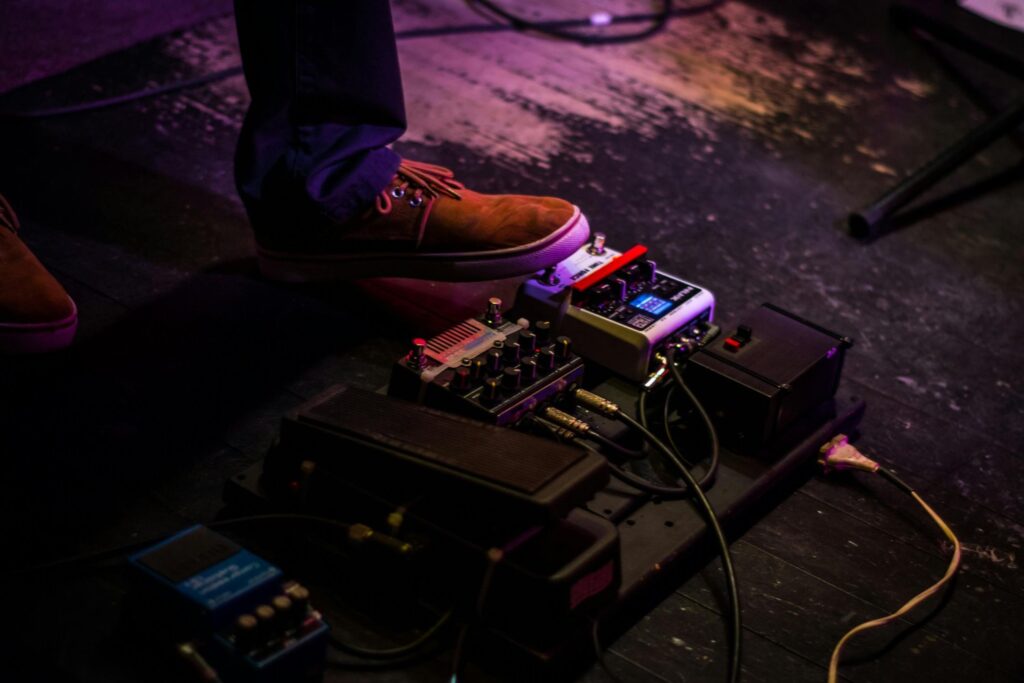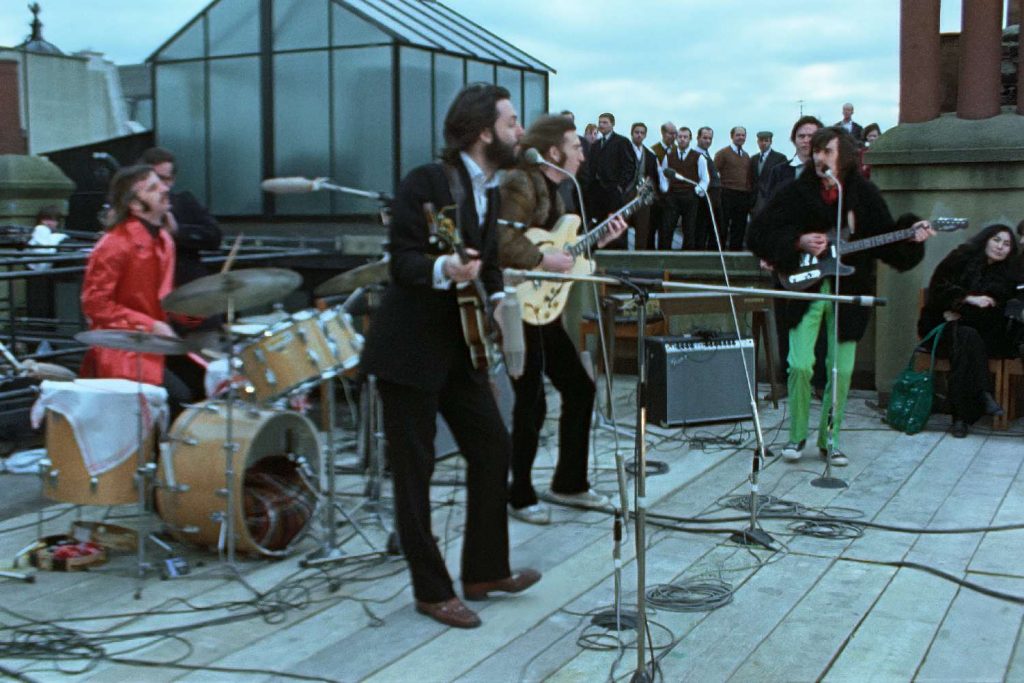A historical overview of the biggest recording institutions to come from Down Under.
In the latter half of the 20th century, Australian artists were introduced to a brand new creative tool: recording studios.
Prior to the 1950s, most music was either recorded in broadcast studios or concert halls until the advent of rock ‘n roll saw a spike in local acts looking to cut their tracks for the airwaves, thus sparking a surge in the design of contemporary studios around the country.
Many of these new state-of-the-art facilities would go on to give birth to some of the finest Australian recordings of the age, with several lingering long enough to establish a legacy comparable to some of Australia’s most hallowed musical institutions.
Today, we’re hopping into the time machine to retell the tales of many of these famous studios, as well as the people who ran them and the many seminal recordings created behind their walls.
Read up on all the latest features and columns here.
Armstrong’s Studios (Melbourne)
Bill Armstrong’s recording ventures essentially acted as the catalyst for the spread of Australian pop music.
Established in a South Melbourne terrace house in 1965, the first track cut at Armstrong’s Studios was none other than The Easybeat’s ‘She’s So Fine’, the success of which allowed Armstrong and co. to install of one of the first eight-track recorders in Australia in 1968 and record iconic acts like John Farnham, Russell Morris, Skyhooks, Daddy Cool and more.
Armstrong’s expanded to a five studio facility and rebranded to Armstrong Audio Video in 1974, and continued attracting local and international names like Nick Cave, Paul McCartney, Madonna and Kylie Minogue throughout the ‘80s and ‘90s.
Unfortunately, the dawn of digital recording (as well as a reputation for not paying debts) saw the facilities close in 2005, bringing an end to a rich 40 year history of pop production.
Studios 301 (Sydney)
Surely you’ve heard of Studios 301: not only are they the longest running studio complex in the country, but they also boast some of the best gear and recording facilities in the entire world.
The complex was initially established in 1926 by the Columbia Gramophone Company, with EMI later running the complex until it was named Studios 301 and refurbished in 1978.
For many, this is where the history starts: it was in this era that Studios 301 became a pivotal force in Sydney’s music scene, attracting legendary clients like Midnight Oil, The Church, Icehouse, Daryl Braithwaite and Grinspoon, who tracked ‘Chemical Heart’ at 301.
Nowadays, Studios 301 continues to thrive and is often frequented by international artists visiting Australia to spend the night jamming and hanging out – it’s even been said that Kanye West booked out the entire facility on a whim in 2010 to put the final touches on his signature track ‘Runaway’.
Sunshine Studios (Brisbane)
Located in Brisbane’s west-end, Sunshine Studios was built in the late ‘70s by a recording hobbyist named Bruce Window, whose passion and curiosity for audio gave birth to the Queensland capital’s prosperous creative scene.
One of the earliest recordings made in Sunshine Studios was none other than The Saints’ proto-punk classic ‘(I’m) Stranded’, with its searing energy and raw production quality going on to set the norm for all branches of punk rock.
Sunshine Studios also played host to many recordings by The Go Betweens in the 1980s, while the ‘90s saw it became a favourite among pivotal alternative groups like Powderfinger and Regurgitator.
Sadly, like many of the facilities on this list, Sunshine Studios eventually closed down and was replaced by blocks of multi-level residential apartments.
Music Farm Studios (Byron Bay)
Built by John Sayer in 1979 just outside of Byron Bay in a town called Coorabell, Music Farm Studios ushered in a new era of Australian recording, offering groups the chance to stay on site in a luxury accomodation suite in order to live and breathe the music they were recording.
Decked out with a 24 track MCI 500 recording console and noted for its rich sounding acoustics, Music Farm was responsible for breathing life into Aussie classics like Mi-Sex’s Shanghaied, Redgum’s Frontline, Mental As Anything’s Espresso Bongo and Goanna’s Oceania.
Recently, Music Farm was utilised by Tash Sultana to record their debut album Flow State, and continues to be recognised as one of Australia’s most idyllic recording environments.
Sing Sing Studios (Melbourne)
A hallowed name by all standards, Sing Sing Studios was the go-to for local bands looking for quality recordings within close proximity to the CBD (and the old Mixdown office – fond memories).
In the ‘80s and ‘90s, Sing Sing was based in Cremorne, and saw such clientele as Boom Crash Opera, Cosmic Psychos, Custard, The Living End and The Black Sorrows, while international visitors Jay Z & Kanye West, Jimmy Eat World, Common and more.
Perhaps most notably, Sing Sing Studios hosted the session that gave birth to Nick Cave and Kylie Minogue’s legendary murder ballad ‘Where The Wild Roses Grow’, which is now recognised as one of the best Australian tracks of all time.
Unfortunately, real estate developments saw the original Sing Sing Studios shift recording operations to their B studio in South Yarra, eventually closing that space as well. Sing Sing has been reborn anew in Northcote, you can keep up with them here!
Albert Studios (Sydney)
To many, Albert Studios is considered as the Holy Mecca of Australian rock, mainly due to its association with AC/DC and celebrated songwriting duo Vanda and Young.
Functioning as part of the larger group Albert Productions, Albert Studios was located in central Sydney on King Street, and cut thousands of massive local and international hits over its time.
A huge portion of AC/DC’s early discography was recorded at Albert Studios, as were releases from Dragon, John Paul Young, Rose Tattoo, Cold Chisel and The Angels, as well as Vanda and Young’s own studio endeavour Flash In The Pan.
Albert’s legacy lasted long into the new millennium, attracting acts like Boy & Bear and Grinspoon before – you guessed it – being knocked down to build apartment blocks in 2016.
Planet Studios (Perth)
On the West Coast, no recording facility could compare to the might of Planet Studios.
Established in 1976, Planet Studios attracted artists like Phil Manning and The Dugites, while a change of ownership in the early ‘80s saw Planet expand across two different sites in Subiaco, each fitted with a state-of-the-art 24 track recorder.
By 1985, Planet Studios was fully decked out with pristine SSL boards and Struder gear, and saw local stars like The Triffids, The Cruel Sea and The Chevelles.
Sadly, varying parties involved in Planet Studios became embroiled in a bitter, personal and painful dispute with one another, and when the studio was set ablaze in 2004, it was all over for the iconic Western Australian studio.
T.C.S Studios (Melbourne)
Television City Sound Studios was tucked away on Bendigo Street in Richmond, and proved to be another popular studio among Melbourne rock ’n rollers in the early ‘70s.
Decked out with a multi-track recorder by Channel Nine for the variety program In Melbourne Tonight, T.C.S Studios hosted several legendary sessions throughout the ‘70s and ‘80s, and was favoured by Skyhooks, Sherbet and Jo Jo Zep & the Falcons for the majority of their studio releases.
Many of these sessions were helmed by the producer/engineer dream team of John Sayer and John French, who recorded most of the bands in their downtime from TV work and are today recognised as being seminal in the story of Australian rock.
Lindsay Butler Studios (Tamworth)
Giving credit where credit’s due, Australian country music as we know it today would not exist without the efforts of Lindsay Butler and his production work in the regional town of Tamworth, the Aussie hub of all things country music.
Known for playing with Slim Dusty, Butler and his Fender Jazzmaster proved to be a legendary force in Australian country throughout the ’60 and ‘70s before embarking on his production career in Dubbo at the end of the decade.
By the late ‘80s, Butler had opened his own studio complex in Tamworth, recording keynote country acts like Brian Letton, Brian Young, Reg Poole and Rex Dallas and earning himself a OAM for his contributions to Australian music in 2008.
Rhinoceros Recording Studios (Sydney)
Just as AC/DC were primarily associated with Albert Studios, Rhinoceros Recording Studios was considered the playground for another iconic Aussie group: INXS.
The legendary rock band owned a stake in the facilities and camped there to record much of their esteemed ‘80s output, including Shabooh Shoobah, Listen Like Thieves and Kick, while other noted records made at Rhino included Midnight Oil’s Blue Sky Mining, The Screaming Jets’ ‘Better’ and Jimmy Barnes’ For The Working Class Man.
However, with the popularisation of digital recording in the ’90s, Rhinoceros Recording Studios went into receivership in 1993, a blow that shook the Australian music industry to its core. Later, the building was used by both ASIO and the Australian Institute of Music, before being demolished in 2010 to pave the way for apartments.
While you’re here, dive into some of our favourite Australian post-punk deep cuts.
